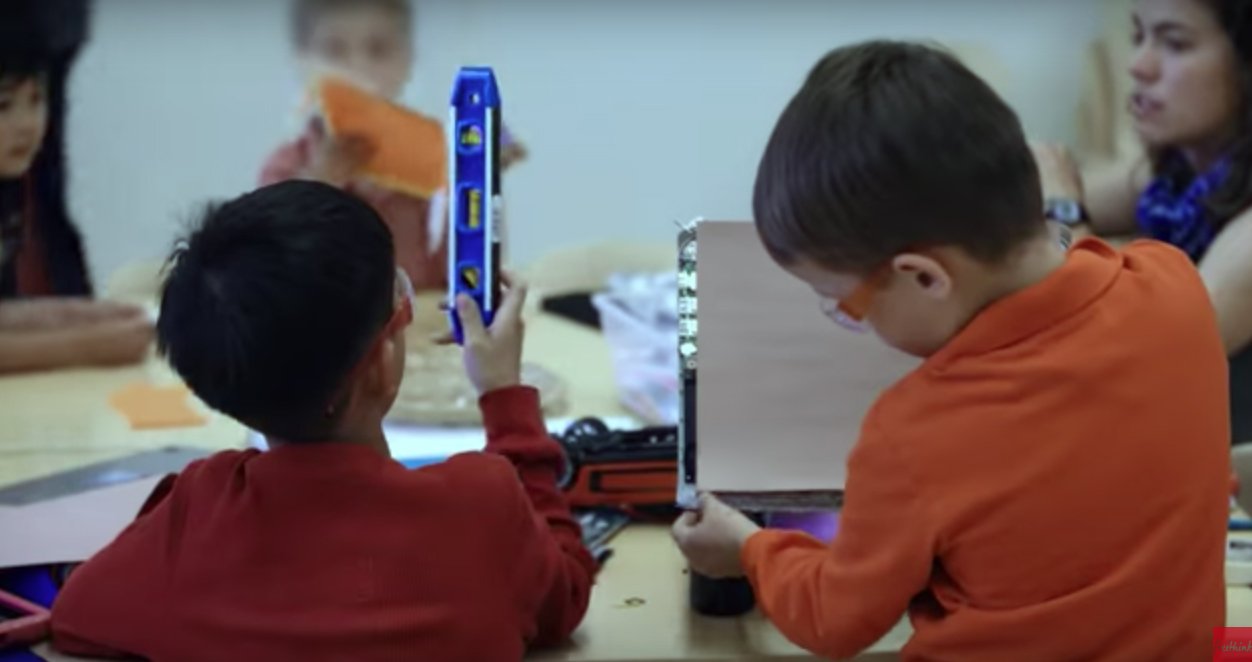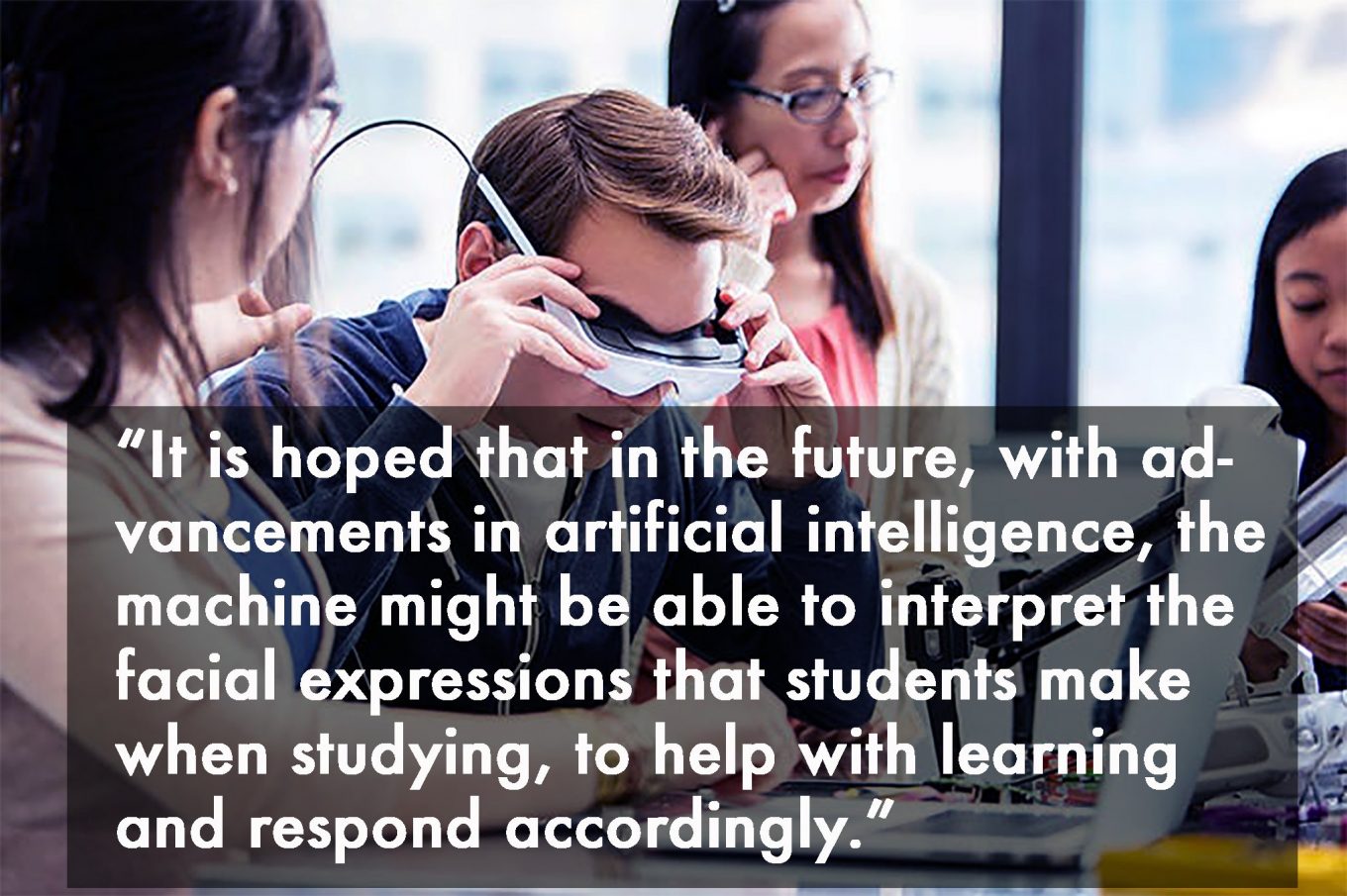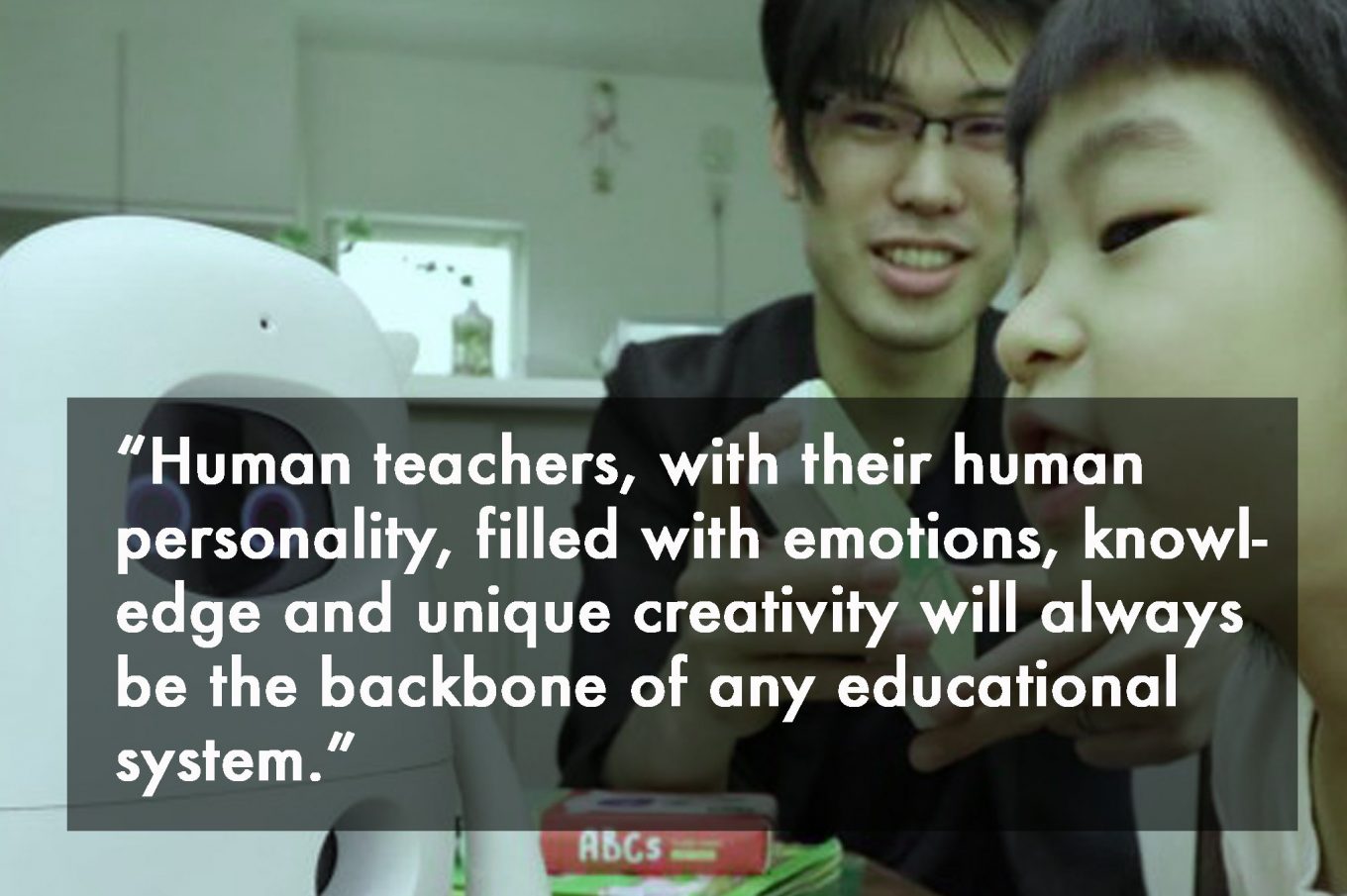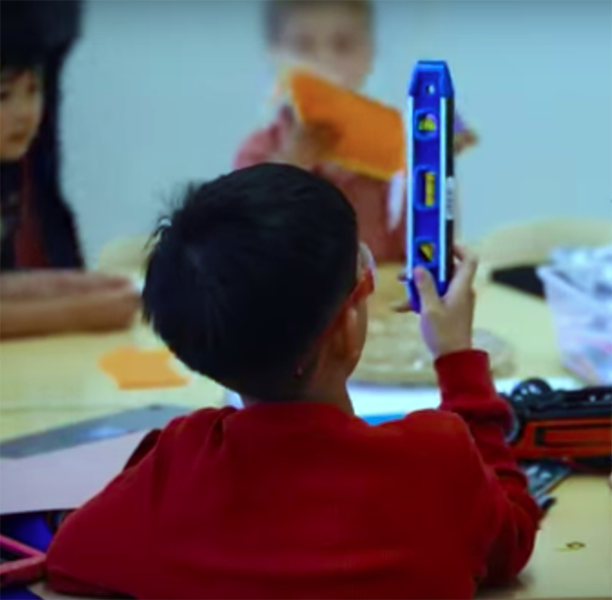
This is part 4 of a Guide in 6 parts about Artificial Intelligence. The guide covers some of its basic concepts, history and present applications, possible developments in the future, and also its challenges as opportunities.
By Maria Fonseca and Paula Newton
AI in Education
One of the risks of Artificial Intelligence is that in the near future, countless jobs will disappear. This is nothing new, it has always happened cyclically. But the pace at which technological development is happening now, implies that present day children and students are now being educated for jobs that in ten years will no longer exist. How do we prepare them for this? What does the future of education look like? And how is Artificial Intelligence being applied to education?
Artificial intelligence is being applied to the field of education, with some interesting technological developments to date. The education has not necessarily been the fastest industry to really get into the depth of what artificial intelligence could offer, but over time some fascinating potential is being seen. There are steps being taken to develop smart content, and devise mentoring that can be achieved through artificial intelligence. There are also a range of other applications that are also being considered. Here we review some of what is being worked on, to better understand the possibilities in the area of education.
AI and Collaboration Tools in Education
One area of development for AI in education has been looking at how AI and teachers might collaborate in education. This should provide opportunities for more education to be delivered. Specifically, AI can be applied to various tasks, streamlining them and increasing efficiency, particularly with administrative activities to free up teacher time. This educator time can then be used to help increase understanding – an area that a machine may not be best equipped to handle. This makes the best of the skills of both machines and people to offer improved educational outcomes to students.
On this also, one of the considerable challenges that teachers face is dealing with the volume of work to be done marking student assignments and test papers. Artificial intelligence can play a role here, and it can be used to automate these activities, such as providing essential tips to pass verbal reasoning tests. This is already possible for multiple choice tests, but future developments could bring about greater capability here. This would also help free up teacher time for actually teaching.
AI and Individualised Learning
Another important area of innovation in this regard is in the area of differentiated and individualised learning. Unfortunately, most schools still use teaching techniques based in the “factory” model. That model began with the industrialisation and the printing press and it triggered the beginning of mass education. Fast forward to 2018, teachers still have to deal with large class sizes, and in many countries, there are 30 students per class. This makes it difficult for teachers to offer differentiated or individualised learning. Most students in the current education system move at the same pace, and there is a prevalent tendency to homogenise students.
A number of firms are working on building artificial intelligence technology that can assist in the development of personalised educational tools. Carnegie Learning is one such firm. These types of artificial intelligence programmes provide instruction and learning to pupils. They are programmed to teach, test and offer feedback for students at all levels of education. The system learns what the student understands and works to pinpoint what the student has not yet grasped. It then makes sure the student comprehends the lessons before moving on to share new knowledge. It is hoped that in the future, with advancements in artificial intelligence, the machine might be able to interpret the facial expressions that students make when studying, to help with learning and respond accordingly. While individual teachers cannot possibly meet every student’s needs in their class, artificially intelligent machines have the potential to do so, which is exciting.

AI can also be used for providing extra help for students outside the classroom. Parents may find it difficult to deal with the questions their children have about different subjects, and particularly topics like mathematics. Artificial intelligence is also being developed to help fill this gap. This could have applications such as assisting kids to revise for a test, or helping out with homework. Tutoring programmes are being built to aid in this regard.
AI and students with learning disabilities
The use of artificial intelligence is also being considered for making classrooms available globally and for those that face challenges with learning due to disabilities. An example of the application of AI to learning disabilities is a tool called Presentation Translator which has been developed by Microsoft. This is able to produce subtitles for presentations in Microsoft PowerPoint in real time, based on what the teacher says. There are many reasons that a student might not be able to get to an actual classroom due to being poorly, or needing a more (or less) advanced level of learning, or even wanting to learn a subject that is not offered at the school the student attends. These types of technological developments will help to open up education in this way through making it more accessible, regardless of location or personal impairment.
What areas AI is not of any help in education ?
“What are humans good at? There are two things that AI can never provide a student with: creativity and empathy. Machines may operate in ways that seem creative, such as when they make an expected move playing chess. But in reality, those moves are the result of enumeration and evaluation of the underlying data. It’s not a spark of creativity! So human teachers, with their human personality, will always be the backbone of any educational system.

As can be seen, there are plenty of opportunities for AI to bring about advancements in education, and particularly in the area of freeing up teacher time to actually teach. Some of the most exciting perhaps are those that allow individualised learning, which is likely to be more effective. And these educational developments of AI are surely just the start. There are also some challenges.
Part 1
Part 2
Part 3
Part 4
Part 5
Part 6

Maria Fonseca is the Editor and Infographic Artist for IntelligentHQ. She is also a thought leader writing about social innovation, sharing economy, social business, and the commons. Aside her work for IntelligentHQ, Maria Fonseca is a visual artist and filmmaker that has exhibited widely in international events such as Manifesta 5, Sao Paulo Biennial, Photo Espana, Moderna Museet in Stockholm, Joshibi University and many others. She concluded her PhD on essayistic filmmaking , taken at University of Westminster in London and is preparing her post doc that will explore the links between creativity and the sharing economy.












